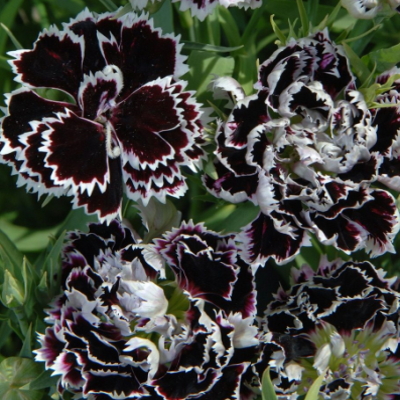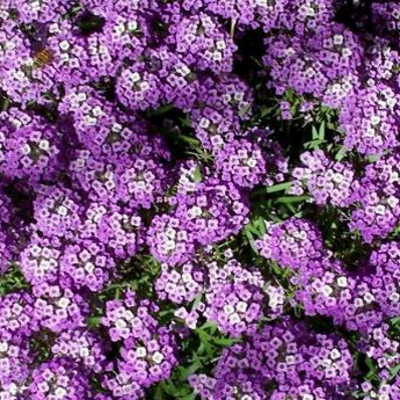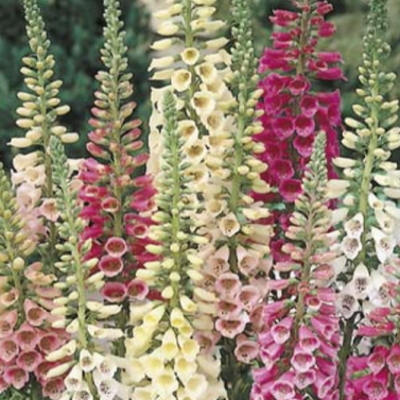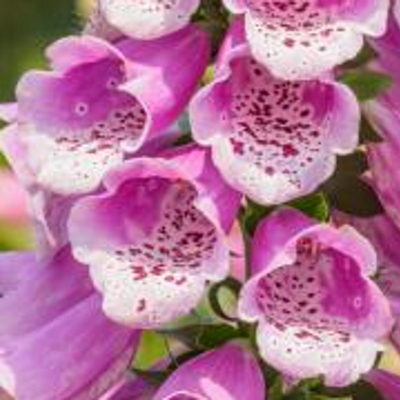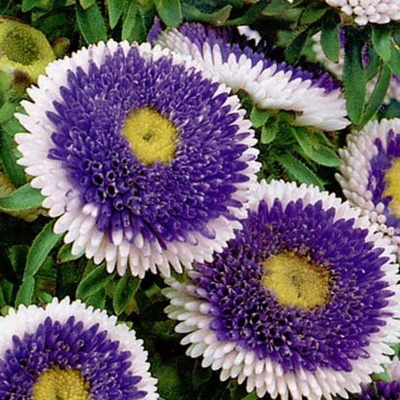Hardy annual. Dainty, fully double blooms in deepest maroon, almost black, edged in brilliant white. The margins of the petals are heavily frilled, and the overall effect is one of great dignity and refinement, yet stunning beauty. The 2-3 cm blooms are sweetly fragrant. Makes a fine cut flower but really shines in a massed planting. Compact plants, the flowers are held above the grass-like foliage, reaching about a foot in height.
-
-
Out of stock
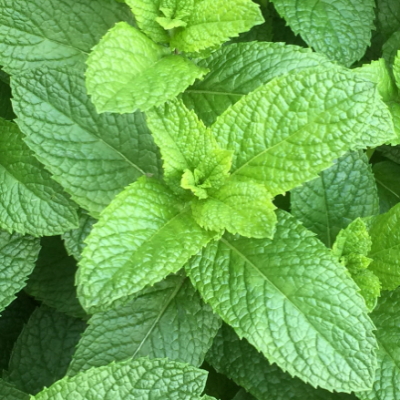 Spearmint came to North America with the Colonists. They used mint teas medicinally for headaches, indigestion and to help them sleep. Mint is also an excellent culinary addition and makes a great tea for the pure pleasure of it. As a general rule, mint family plants root vigorously when allowed to grow freely and can be invasive. Many gardeners grow them in containers to keep them in check.
Spearmint came to North America with the Colonists. They used mint teas medicinally for headaches, indigestion and to help them sleep. Mint is also an excellent culinary addition and makes a great tea for the pure pleasure of it. As a general rule, mint family plants root vigorously when allowed to grow freely and can be invasive. Many gardeners grow them in containers to keep them in check. -
-
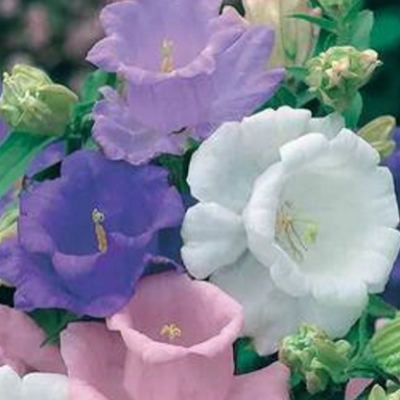 Canterbury Bells Cup and Saucer Mix is a hardy, attractive biennial flowering plant. Canterbury Bells seeds are a good way to establish this flowering bellflower mix that produces bell-shaped flowers with a flat base in various shades of blue, pink, and white. Canterbury Bells is the biennial, so the plant produces foliage the first year and flowers the second year blooming from spring to early summer.
Canterbury Bells Cup and Saucer Mix is a hardy, attractive biennial flowering plant. Canterbury Bells seeds are a good way to establish this flowering bellflower mix that produces bell-shaped flowers with a flat base in various shades of blue, pink, and white. Canterbury Bells is the biennial, so the plant produces foliage the first year and flowers the second year blooming from spring to early summer. -
-
Out of stock
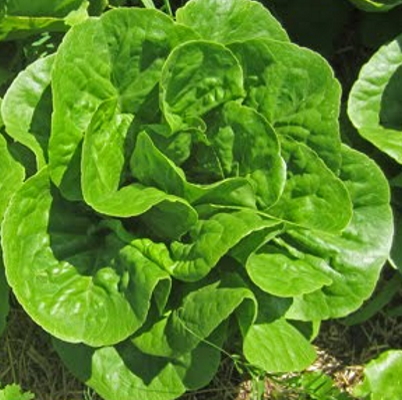 Winter Density is an early, small compact romaine. Its dark green leaves with an upright growth habit build a 20 cm tall densely packed head. You can count on Winter Density to be delectable butterhead/romaine cross is frost tolerant. Since it is bolt resistant and suited to all sowing dates and a great variety for spring, summer, and fall production. Perfect size for small families. Pick small outside leaves or harvest the whole head.
Winter Density is an early, small compact romaine. Its dark green leaves with an upright growth habit build a 20 cm tall densely packed head. You can count on Winter Density to be delectable butterhead/romaine cross is frost tolerant. Since it is bolt resistant and suited to all sowing dates and a great variety for spring, summer, and fall production. Perfect size for small families. Pick small outside leaves or harvest the whole head. -
Out of stock
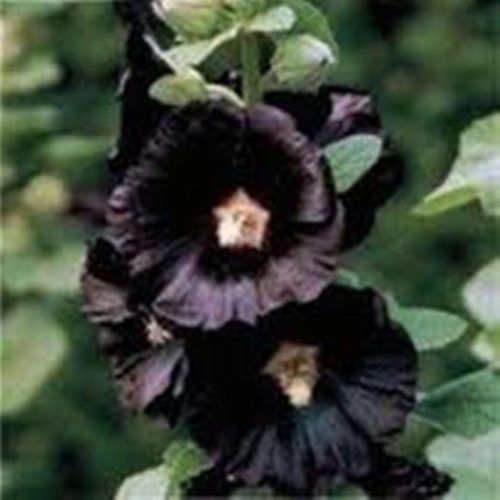 Biennial. This traditional variety is shockingly beautiful and richly coloured with its near-black flowers with just a hint of red. Gorgeous planted in the back of your flower bed or next to white buildings white flowers. A must for historical gardens.
Biennial. This traditional variety is shockingly beautiful and richly coloured with its near-black flowers with just a hint of red. Gorgeous planted in the back of your flower bed or next to white buildings white flowers. A must for historical gardens. -
Out of stock
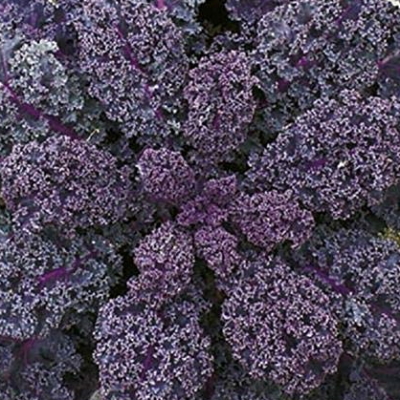
The broad, frilly, purple leaves grow on 60-90 cm tall, upright stalks. Red color on a blue-green background. Great for baby leaf and bunching. Scarlet has great flavour either as baby leaf or mature kale, and the flavour improves after frost. This kale is a must in an organic garden and is highly decorative in salads and stir-fries. Plant Scarlet kale in cow pots 4-6 weeks before the last frost, direct sow in early spring, and in mid-July for a fall crop. Scarlet Kale can grow 60-90 cm high. Boiling kale loses much of the nutritious properties while steaming and microwaving keep more cancer-fighting properties.
-
Out of stock
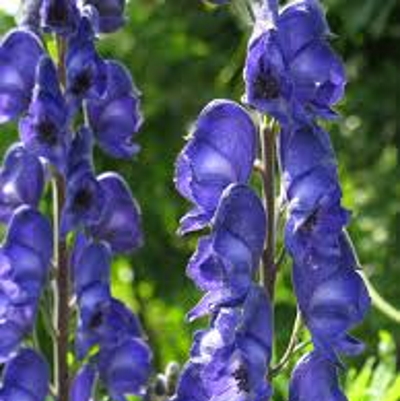 The monkshood plant is an herbaceous wildflower that can be found growing in mountain meadows throughout the northern hemisphere. The plant gets its name from the shape of the posterior sepal of the flowers, which resembles the cowls worn by monks. Also known as wolfsbane and Aconitum, monkshood has become popular as a garden addition because of its purple/blue flowers and attractive foliage. Growing 2 to 4 feet (0.5 to 1 m.) tall and 1 to 2 feet (0.5 m.) wide, perennial monkshood is best grown as a background plant. The leaves of the monkshood plant are palmate, meaning hand-shaped, with lobed “fingers” that often have toothed edges and vary in color from light to dark green. In late summer or early fall, it sends up showy spires of purple/blue flowers. Monkshead is not invasive and is both deer and rabbit resistant. However, monkshood, or wolfsbane, is moderately difficult to grow and once planted, doesn’t like to be moved so the best way to grow monkshood is to choose your spot carefully. It sometimes takes a while for it to become established.
The monkshood plant is an herbaceous wildflower that can be found growing in mountain meadows throughout the northern hemisphere. The plant gets its name from the shape of the posterior sepal of the flowers, which resembles the cowls worn by monks. Also known as wolfsbane and Aconitum, monkshood has become popular as a garden addition because of its purple/blue flowers and attractive foliage. Growing 2 to 4 feet (0.5 to 1 m.) tall and 1 to 2 feet (0.5 m.) wide, perennial monkshood is best grown as a background plant. The leaves of the monkshood plant are palmate, meaning hand-shaped, with lobed “fingers” that often have toothed edges and vary in color from light to dark green. In late summer or early fall, it sends up showy spires of purple/blue flowers. Monkshead is not invasive and is both deer and rabbit resistant. However, monkshood, or wolfsbane, is moderately difficult to grow and once planted, doesn’t like to be moved so the best way to grow monkshood is to choose your spot carefully. It sometimes takes a while for it to become established. -
-
Out of stock
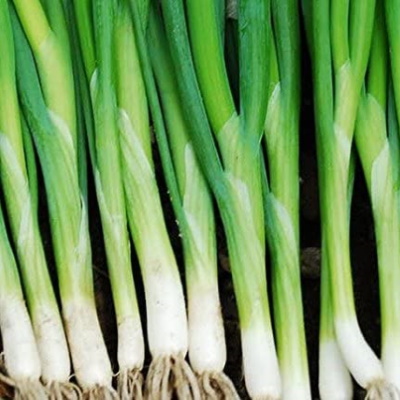 Parade Organic scallion seeds are CERTIFIED ORGANIC! For an open-pollinated variety, Parade shows remarkable uniformity, with little or no bulbing. Dark green, almost waxy leaves grow vigorously with white stalks that can be made longer by hilling up soil around them. Expect upright growth with no branching. Parade looks great as a bunching onion on the market table, but it performs perfectly in the home garden. Provide frost protection with a cloche tunnel, and you can harvest this scallion all winter long. Parade is one of the best scallions to grow if you plan on saving seeds for next season. To do this, wait for some of your scallions to overwinter. Their flowers are formed after a cold period. Be aware that they can cross-pollinate with other members of Allium fistulosum as well as A. cepa, so they need to be isolated if both are in bloom at the same time.
Parade Organic scallion seeds are CERTIFIED ORGANIC! For an open-pollinated variety, Parade shows remarkable uniformity, with little or no bulbing. Dark green, almost waxy leaves grow vigorously with white stalks that can be made longer by hilling up soil around them. Expect upright growth with no branching. Parade looks great as a bunching onion on the market table, but it performs perfectly in the home garden. Provide frost protection with a cloche tunnel, and you can harvest this scallion all winter long. Parade is one of the best scallions to grow if you plan on saving seeds for next season. To do this, wait for some of your scallions to overwinter. Their flowers are formed after a cold period. Be aware that they can cross-pollinate with other members of Allium fistulosum as well as A. cepa, so they need to be isolated if both are in bloom at the same time. -
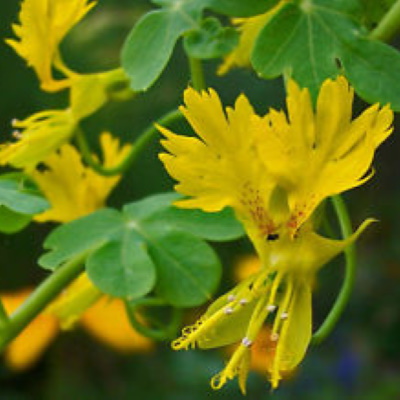 Use seeds, leaves, and flowers. Bright, sunny colors: yellow, pink, red, and orange. The edible flowers are popular for salads and as a garnish; the peppery leaves are also very flavorful. A colourful garden favorite. Flowers all summer long. Keep watered during dry weather, and do not fertilize. Excellent in window boxes, hanging baskets, or raised beds. Suitable for xeriscaping
Use seeds, leaves, and flowers. Bright, sunny colors: yellow, pink, red, and orange. The edible flowers are popular for salads and as a garnish; the peppery leaves are also very flavorful. A colourful garden favorite. Flowers all summer long. Keep watered during dry weather, and do not fertilize. Excellent in window boxes, hanging baskets, or raised beds. Suitable for xeriscaping
